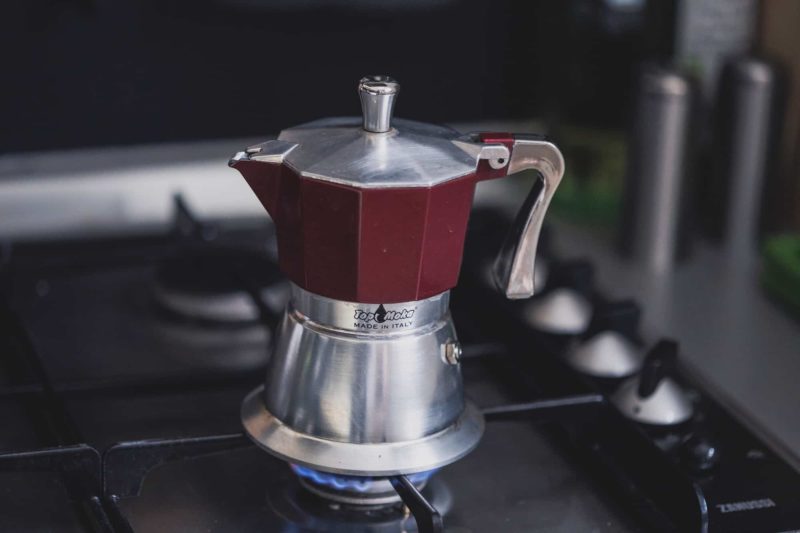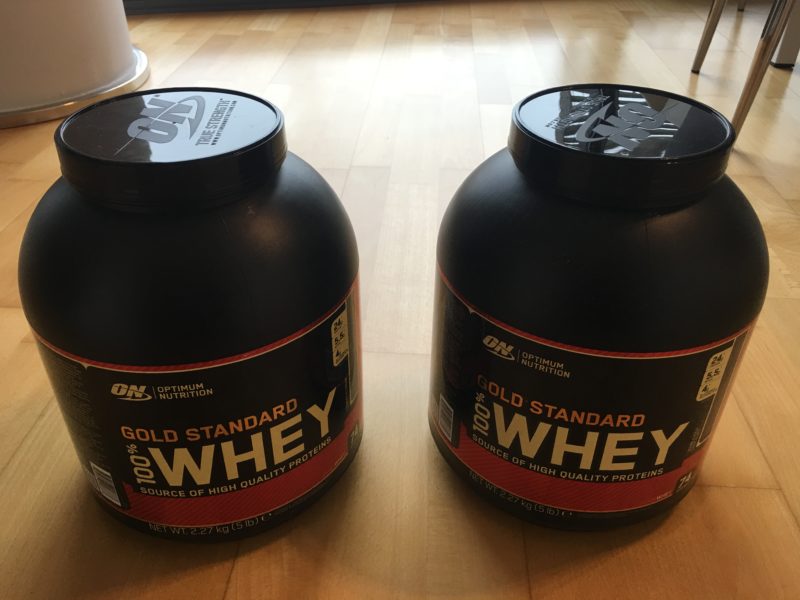
I have a fairly structured morning routine that I’ve developed over the years. It used to go something like this before we had kids:
- Wake up and go to the toilet.
- Go back to bed for an HRV reading.
- Take a shower immediately.
- Brew a cup of coffee with coconut oil and do a ten-minute meditation.
- Foam roll for 30 minutes while listening to a podcast.
- Study a language for 15-20 minutes on Duolingo.
It takes around an hour and a half, and I try to be up by 7am on a good day, so by 8.30am I’m ready to start my day with some good wins in my bag.
Now that we have kids, I’d say it’s more like this:
- Wake up and go to the toilet.
- Apply creams in the bathroom.
- Brew a cup of coffee with coconut oil.
- Spend 10 minutes applying the Theragun.
- Head to work/gym/time with kids.
As a morning person with the Lion chronotype, I have no trouble waking up and getting out of bed in the morning. I tend to wake up without any alarm clocks after 7.5 to 8 hours of sleep, and I’m immediately ready to jump out of bed with lots of energy and start the day.
I like to take a shower as it makes me feel fresh and ready to approach the day. The act of showering is more than just an act of basic hygiene; it gives me an extra boost psychologically, so I rarely go without it, even though I usually shower again during the day after training or in the evening before I head to bed.
The brewing of coffee is a meditative process in itself and gets me primed for the structured meditation that comes after it. By using a moka pot and manually grinding the beans I would have previously selected from a local roastery, I’m injecting a bit of art and manual work into the process, and it definitely means more and feels more satisfying to finally drink the brewed shot of coffee while I start my meditation, compared to if I had just used a Nespresso machine.
For meditation, I use the Calm app and adopt a zen meditation pose. The ten minutes of meditation give me the chance to heighten my awareness and build resilience for the day ahead.
When that’s done I move on to foam rolling, which is an essential way for me to iron out the knots in my muscles and stretch them out. Since I train so much, I tend to wake up with sore muscles and overall a stiff body, and foam rolling works wonders for that. I follow a number of podcasts so I’ll just pick up where I had left off the previous day or select a new episode that I fancy from the list of available ones. If my wife and son are awake by this time, I’ll skip the podcast and chat with them while I foam roll.
After foam rolling, I do the last part of my morning routine, which consists of studying a language using the excellent Duolingo app. There’s not much to say about this, except for the fact that it’s a compounding exercise. Although I do just 15-20 minutes a day, when you add it up over a year or two you can really get familiar with a language and be able to make practical use of your new skill.
During certain parts of the year I like to train first thing in the morning. Usually, I do this in the hotter months so that I avoid the heat later on in the day and also to make sure I get a good workout done and be free for the rest of the day.
When I switch to this variation of my routine, I skip the shower, foam rolling and language studying and do those after training.





